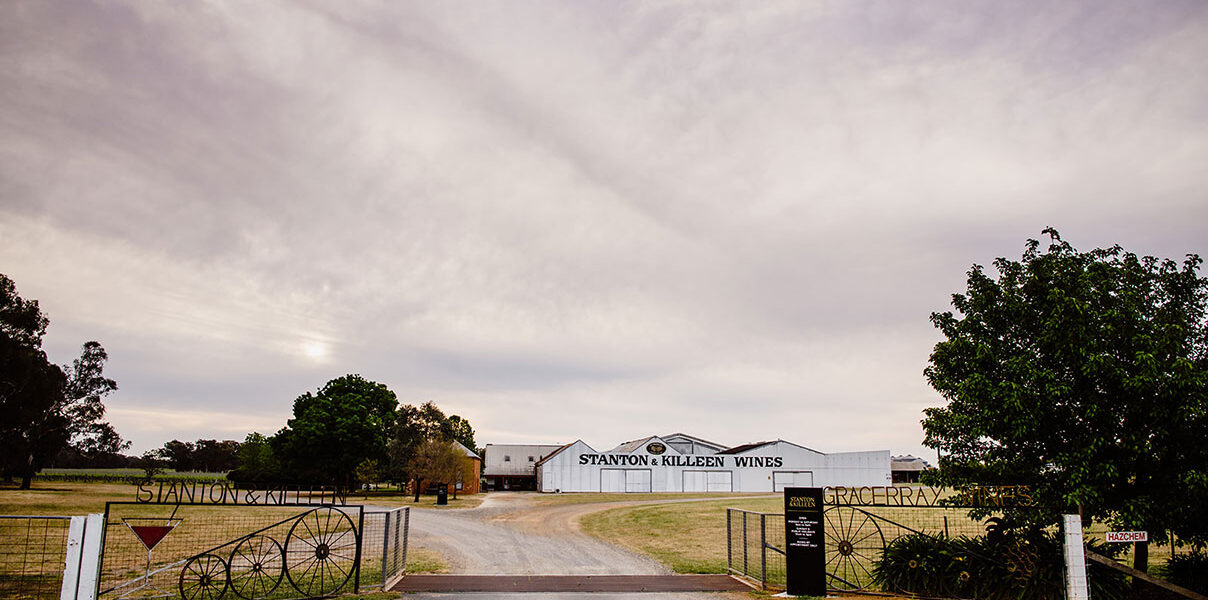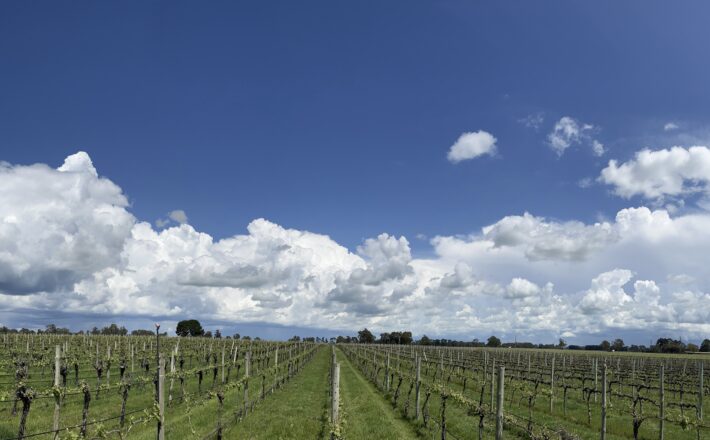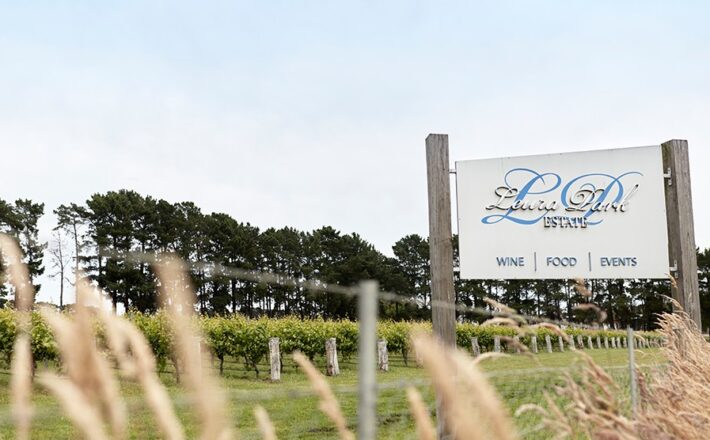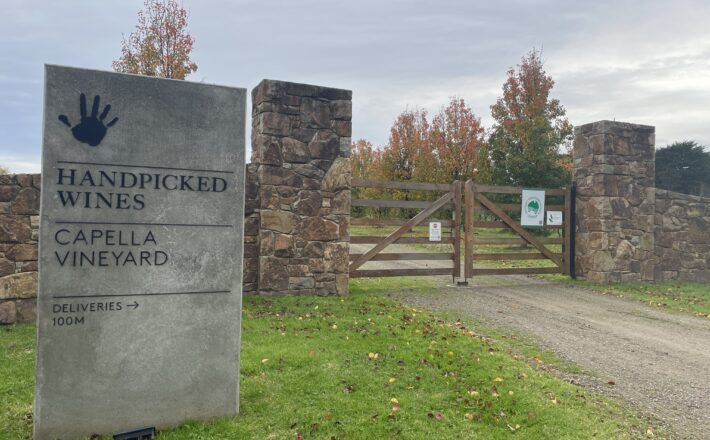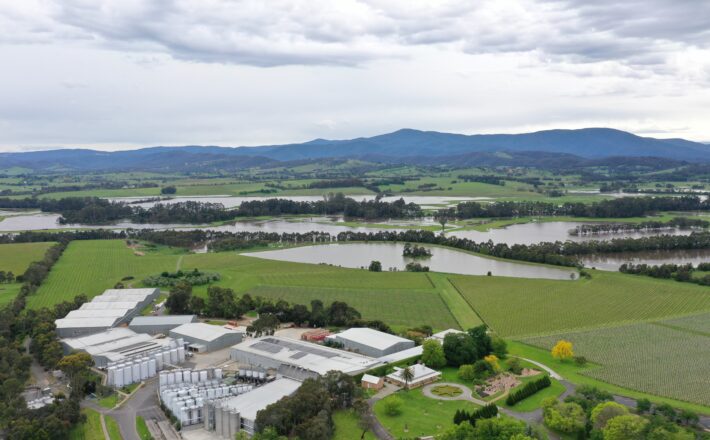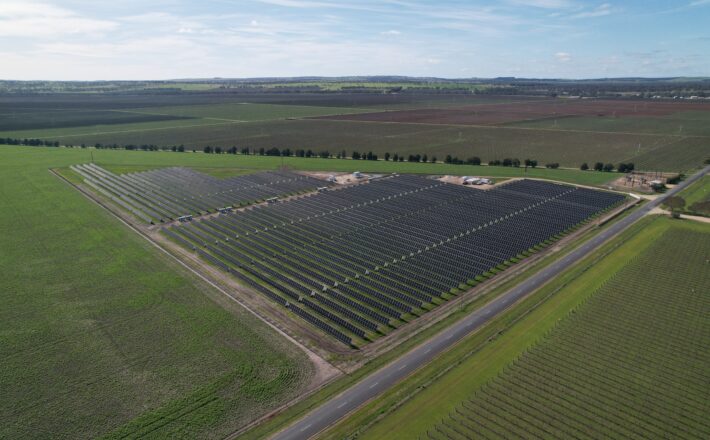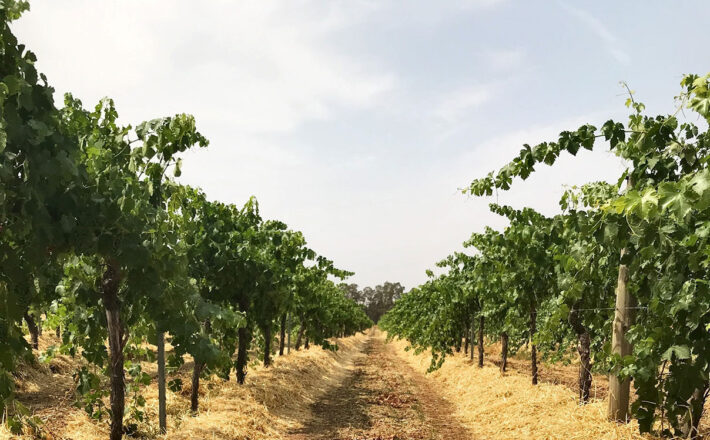Stanton & Killeen Wines in Rutherglen, Victoria has been a member of Sustainable Winegrowing Australia since 2020. The family-run business with 145 years of winemaking knowledge is currently fronted by mother-daughter team, Wendy and Natasha Killeen.
This case study explores Stanton & Killeen’s experience with increasing their focus on sustainability and becoming a member of Sustainable Winegrowing Australia.
The journey to sustainable winegrowing
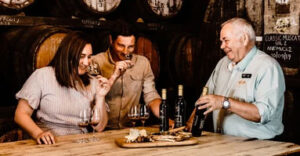 For Natasha Killeen, General Manager at Stanton & Killeen Wines, an objective was set to operate more sustainably, but support was needed to get started. Membership of Sustainable Winegrowing Australia provided the framework and assistance needed to commence the path to best-practice sustainable viticulture and winemaking.
For Natasha Killeen, General Manager at Stanton & Killeen Wines, an objective was set to operate more sustainably, but support was needed to get started. Membership of Sustainable Winegrowing Australia provided the framework and assistance needed to commence the path to best-practice sustainable viticulture and winemaking.
For Natasha, sustainability means “leaving their little patch of Rutherglen better than how we found it”. Natasha identified that working within the agriculture sector is intrinsically linked to a long-term generational mindset, and a need to ensure the environment is adequately cared for in this lifetime and for future generations.
We have been rewarded with beautiful wines, happy customers and thriving vineyards.
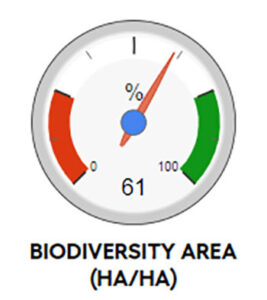 The current areas of focus for Stanton & Killeen Wines, identified using Sustainable Winegrowing Australia benchmarking data, are to improve the condition of the soil and increase the biodiversity on the site. The benchmarking data provides a comparison with other members, which can be based on specific metrics such as zones, regions, climate or aridity. Natasha has observed the excellent resources available as a member of Sustainable Winegrowing Australia, which help plan and prioritise the changes that can be made over time to support the eventual goal of becoming certified.
The current areas of focus for Stanton & Killeen Wines, identified using Sustainable Winegrowing Australia benchmarking data, are to improve the condition of the soil and increase the biodiversity on the site. The benchmarking data provides a comparison with other members, which can be based on specific metrics such as zones, regions, climate or aridity. Natasha has observed the excellent resources available as a member of Sustainable Winegrowing Australia, which help plan and prioritise the changes that can be made over time to support the eventual goal of becoming certified.
Figure 2. An example of 2019/2020 comparative benchmarking data of available biodiversity area per hectare.
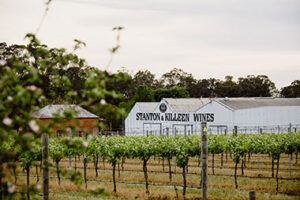 Stanton & Killeen Wines is at the beginning of its sustainability journey and has shared its experiences to help other vineyards and wineries that are interested in improving their sustainability. When beginning the journey, it can sometimes seem overwhelming knowing which initiative to implement first. The benchmarking data has allowed Natasha to identify areas that would make the most impact. This includes areas which not only are important in the eyes of consumers, but will also have a positive economic contribution to the business through efficiency gains. The reflection on business practices and resource management facilitated by the program has allowed Natasha to implement strategies to reduce water usage and transform areas of land to encourage beneficial insects and birds, reducing the need for external inputs such as sprays.
Stanton & Killeen Wines is at the beginning of its sustainability journey and has shared its experiences to help other vineyards and wineries that are interested in improving their sustainability. When beginning the journey, it can sometimes seem overwhelming knowing which initiative to implement first. The benchmarking data has allowed Natasha to identify areas that would make the most impact. This includes areas which not only are important in the eyes of consumers, but will also have a positive economic contribution to the business through efficiency gains. The reflection on business practices and resource management facilitated by the program has allowed Natasha to implement strategies to reduce water usage and transform areas of land to encourage beneficial insects and birds, reducing the need for external inputs such as sprays.
The Sustainable Winegrowing Australia benchmarking data is a useful resource in decision-making process. Natasha has used the data to consider transitioning to grape varieties highly suited to the warm and dry climate of Rutherglen. Natasha reflects:
“My father Chris planted several Portuguese varieties 30 years ago for stylistic reasons – he loved Vintage Fortified (port) and wanted to make his own unique style with these varieties along with Shiraz and Durif. Fortunately, we could see that these varieties were the ones that coped the best with extended periods of drought and hot weather. In 2015, we planted two Portuguese white grapes, Arinto and Alvarinho, and a third, Antão Vaz, in 2020. It was somewhat of a risk because the varieties are not well known, and we weren’t sure if our customers would enjoy them. However, we have been rewarded with beautiful wines, happy customers and thriving vineyards. Having diversity in the wines that we can produce has been excellent for our business but also makes growing grapes in our changing climate so much easier. Having varieties properly suited to our region means we are working with the vines, not against them, when the weather poses some challenging growing scenarios.”
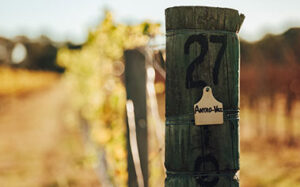 Natasha has observed customers are very keen to hear more about the positive changes being made in the vineyard and winery to improve sustainability. Stanton & Killeen Wines is committed to becoming a certified member. Having the Sustainable Winegrowing Australia certification trust mark on display will be a visual demonstration for consumers of the genuine pledge to nurture and improve the business’s environmental footprint.
Natasha has observed customers are very keen to hear more about the positive changes being made in the vineyard and winery to improve sustainability. Stanton & Killeen Wines is committed to becoming a certified member. Having the Sustainable Winegrowing Australia certification trust mark on display will be a visual demonstration for consumers of the genuine pledge to nurture and improve the business’s environmental footprint.
ACKNOWLEDGEMENT
This case study was developed by the Australian Wine Research Institute with support from the Winemakers of Rutherglen, the Wine Australia Regional program and Natasha Killeen, General Manager, Stanton and Killeen Wines.
![]()

